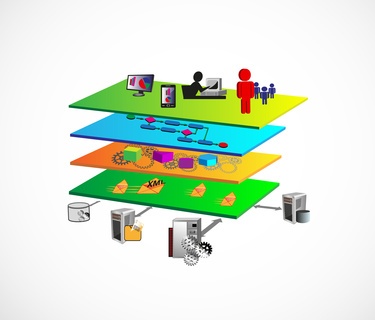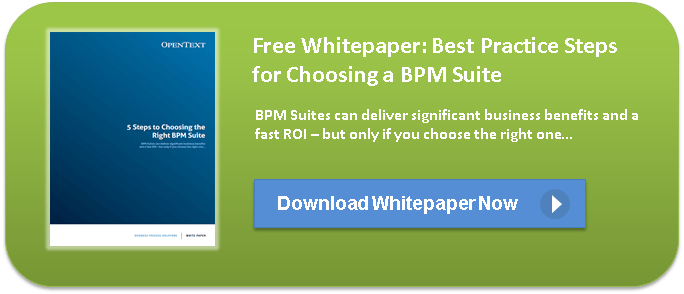BPM and SOA: A Match Made in Heaven

Business process management (BPM) is a methodology that allows businesses to identify and develop their processes in a manner that allows for continuous improvement. BPM can be applied to all aspects of a business from production to IT to human resources.
Service-oriented architecture (SOA) is a concept that guides businesses to develop services that can be reused instead of building static applications that can only be applied to one specific process or department.
Either concept can exist without the other, as many businesses have used SOA without BPM, and vice versa. However, combining the two processes offers many advantages by creating services that can be used in a variety of ways in an organization and allowing these services to be continuously improved.
Relating BPM to SOA
BPM is driven by organizational goals and demands insight into processes to optimize them in various ways. SOA focuses on IT structure and is driven by the need for IT agility, not organization goals, and demands encapsulation of processes into modules. Both concepts have arisen organically from the collaboration between the business and IT to provide more effective and efficient solutions.
Businesses implement SOA mainly to have a coupled integration platform that allows applications to change and evolve without affecting the core technology. This independence of services and processes from technology allows BPM to step in and assist with improving these services and processes. This means that any improvements identified by BPM can be implemented much more rapidly due to the decoupled nature of the process.
BPM drives the continuous improvement and digital transformation of processes in the organization. It is also used in the development of various composite business flows, helping in the integrity of business processes, as well as in tracking and quality assurance of these services. While implementation and continuous improvement can be done without modular processes, BPM can leverage the power of SOA by adding a flexible and agile layer to the services developed by SOA.
Why BPM and SOA Work Best Together
While SOA and BPM can function independently of each other, they work best in combination. Without SOA, BPM is useful for identifying and building applications, but these applications are difficult to integrate into the organizational framework. SOA without BPM can be used for creating reusable and consistent service modules; however, these modules tend to be inefficient, resulting in an organization that isn't agile or competitive.
Combining BPM and SOA provides excellent synergy and results in service applications and processes that can be evaluated rapidly and implemented with ease into existing organizational structures.

